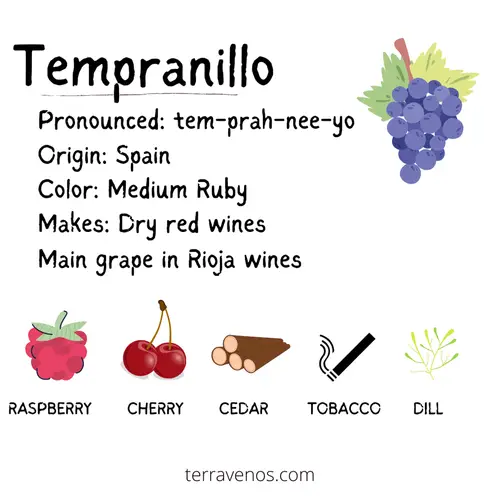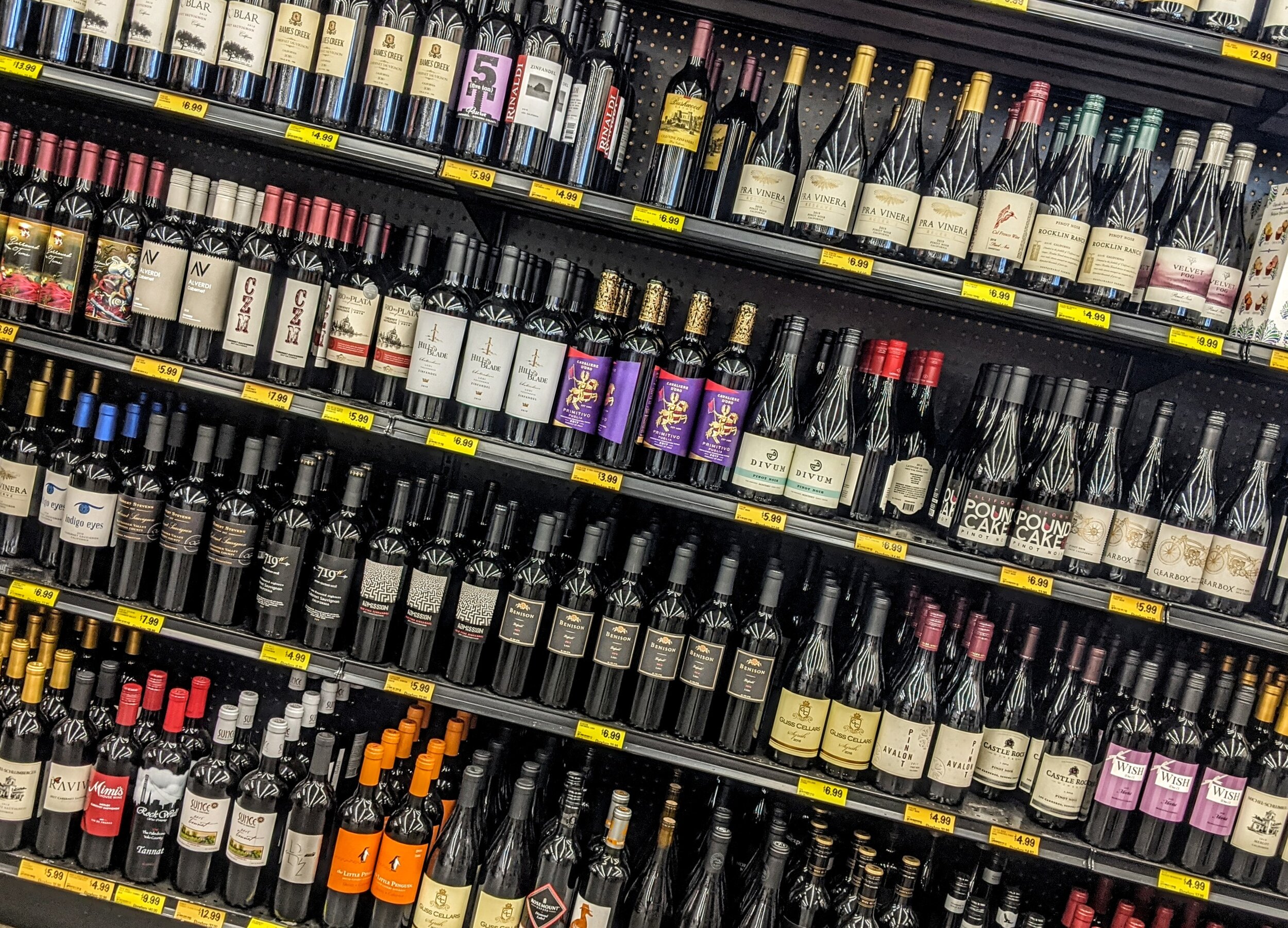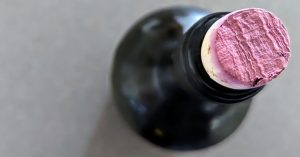| Characteristics | Crianza | Tempranillo |
|---|---|---|
| Hue | Bright ruby | Deep ruby to garnet |
| Color | Red | Red |
| Aromas | Red plum, strawberry, cherry, baking spice, vanilla, cigar box, mineral | Red berries, plum, dill, tobacco, coconut |
| Tannins | Medium to high | Medium to High |
| Acid | Medium to medium plus | Medium |
| Alcohol (%) | 12-15.5% | 13-15% |
| Body | Full | Full |
| Intensity | Medium plus to pronounced | Medium to pronounced |
| Oak | Always | Maybe yes, Maybe no |
| Key Growing Regions | Spain (e.g., Rioja, Riberal del Duero) | Spain (Rioja, Ribera del Duero), Argentina, Portugal |
| Price Range | $10-$40 | $10-$50 |
Comparing Tempranillo vs Crianza makes sense. They’re often found together, but it’s a little complicated.
Tempranillo is a red wine grape. Red Crianza is a Spanish wine term describing the youngest official category of wood-matured wine. Red Crianza often includes Tempranillo.
TL;DR: If you like Tempranillo, you’ll enjoy Crianza wines.
Tempranillo Basics: Spain’s Red Grape

Tempranillo, Spain’s #1 red wine grape, has gained recognition for its robust character. Now a global favorite, Tempranillo thrives in vineyards worldwide, from Spain’s Rioja and Ribera del Duero to New World regions.
With its deep crimson color, Tempranillo offers a palate of red berries complemented by subtle hints of coconut, herb, and cedar. This flavorful profile has made it popular among wine lovers.
Fun Wine Fact: Tempranillo gets its name from the Spanish word “temprano,” meaning early, as it usually ripens before many other grape varieties.
Helpful Tip: Here’s a complete guide to Tempranillo.

Crianza Wine: A Style, Not a Grape
If you see Crianza (cree-ahn-zah) on a label, you’re holding a Spanish wine made in the Rioja, Ribera del Duero, or possibly another wine region. It’s probably a red wine, but it could be rose or white wine. But you’re interested in comparing Tempranillo to Crianza, so let’s assume it’s a red wine.
Red Crianza must spend time maturing in oak and these wines often use Tempranillo grapes. As an example, Rioja Crianza is a blend that can include Tempranillo, Graciano, Mazuelo (Carignan), Grenache, and Maturana Tinta.
Here’s everything you need to know about Rioja Crianza wines.
Wine Comparison: Tempranillo vs Crianza
Here’s a quick side-by-side that covers the most common styles of Crianz and Tempranillo.
Crianza Wine Profile:
- Sweetness: Crianza is a dry red wine.
- Alcohol: Crizanza wines are medium to high alcohol depending on the blend. Grenache tends to add more alcohol to the final wine.
- Body: Crianza will have a medium to full body depending on the blend and alcohol level.
- Tannins: Medium to high
- Acid: Medium to medium plus
- Flavor and Aromas Intensity: Crianza wines will have beautiful red cherry, blackberry, blueberry, spice, dark chocolate, licorice, and purple floral and mineral notes.
Helpful Tip: Crianza wines are always oaked during winemaking. Here’s what oak contributes to wine.
Tempranillo Wine Profile
- Sweetness: Tempranillo is typically produced in a dry style, offering minimal residual sugar.
- Alcohol: Tempranillo wines generally have medium to high alcohol content, ranging from around 12% to 15% ABV.
- Body: Known for its medium to full body, the style of Tempranillo will depend on the growing region and winemaker.
- Tannins: Tempranillo will have tannins in the medium to high range.
- Acid: Tempranillo has medium acid.
- Flavor and Aroma Intensity: Tempranillo has juicy red fruit, including cherry, plum, and tomato (tomato leaf); aged Tempranillo can get savory leather notes. The intensity will be in the medium (+) to high range.
Are Crianza and Tempranillo Similar?
Both Crianza and Tempranillo share rich red fruit, cedar, tobacco, and herbal notes.
What Is the Difference Between Crianza and Tempranillo?
Crianza must come from Spain and is the official term that describes the youngest category of wood-matured wines. Tempranillo is a red wine grape that’s grown around the world.
Tempranillo vs Crianza: Food Pairings and Serving Temperature

Both Crainza and Tempranillo have a similar aroma, flavor, and structural profile. Pair liberally with aged cheeses, lentil soups, chorizo, and tapas. Anything that says “Spanish cuisine” will work with Tempranillo and Crianza wines.
Both Crianza and Tempranillo are best enjoyed at slightly below room temperature. Place them in a cool, dark place for a while before serving.
Which Is More Expensive, Crianza vs Tempranillo?

Tempranillo and Crianza share price points.
Crianza Cost
Entry-level Crianza wines are typically affordable, typically about $10-$15 USD.
If you are looking for premium Crianza, there are higher-priced Crianza wines available. These bottles, priced around $25 to $40 USD, and offer more intense fruit or reflect boutique winemaking.
Tempranillo Cost
Similar to Crianza, entry-level Tempranillo wines also fall within accessible price ranges, usually ranging from $10 to $20 per bottle. These wines are known for their easy-drinking and approachable style.
Premium Tempranillo will have more intense fruit flavors and likely aging. You’ll immediately notice just how pronounced they can be. Premium Tempranillo wines sourced from renowned regions can have wine prices of $30-$50+.
Which Is Better Crianza or Tempranillo?
If you like red blends with oak, then Crianza is the better choice. If you prefer a medium to full-bodied wine with bright fruit and a touch of savory earth, then Tempranillo is better. If you’re hosting a Spanish themed dinner, then pick a Crianza wine.
Final Thoughts – Crianza or Tempranillo?
Both Crianza and Tempranillo are similar wines. One is an authentic red with oak influence, the other can come in a range of styles made in any number of winegrowing regions around the world.
I’m a big fan of side-by-side tastings to tease out the different wine characteristics. A great way to get started with these two wines is to do a side-by-side comparison.
Grab 2 bottles of similarly priced Spanish Crianza and Tempranillo. Invite over a few friends and enjoy an evening of swirling and sipping.
Helpful Tip: These are both food wines. Make sure you have something to eat along with them.
Thirsty for More?
I’m a big believer in doing side-by-side tastings to boost your wine knowledge. Here’s how to host your own wine tasting for beginners.
Check out this post on Cabernet Sauvignon vs Merlot, another popular red wine, along with Cabernet Sauvignon vs Malbec, and Shiraz vs Merlot.
Love Spanish red wines? Here’s a list of Spanish red wines you should try to explore.



